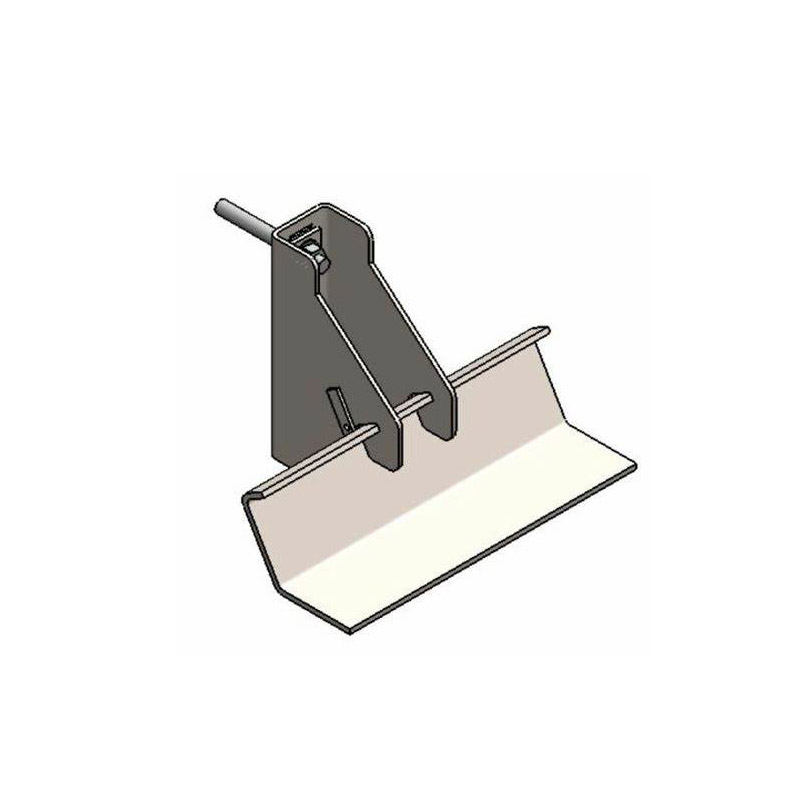
- Mobile Phone
- +8613931874955
- sales@cntcmetal.com
wall ties in cavity walls
Understanding Wall Ties in Cavity Walls
Cavity walls, a popular choice in modern masonry construction, feature two parallel walls with a space, or cavity, in between. These walls are designed to improve thermal efficiency, provide moisture control, and enhance overall structural integrity. One of the key components that ensure the stability and functionality of cavity walls is the wall tie.
What are Wall Ties?
Wall ties are metal connectors that link the outer layer of a cavity wall to the inner layer, providing structural support and maintaining the integrity of the wall assembly. These ties play a crucial role in preventing the outer layer from moving independently of the inner wall, thereby ensuring both strength and stability in the structure. The appropriate use of wall ties helps to resist lateral forces such as wind pressure and can accommodate the thermal expansion and contraction of building materials.
Types of Wall Ties
Wall ties come in various shapes and sizes, and the choice of tie depends on the specific application and building requirements. Common types of wall ties include
1. Metal Wall Ties Typically made from stainless steel or galvanized steel, these ties offer excellent durability and resistance to corrosion. They are often used in residential and commercial buildings where moisture exposure may be a concern.
2. Plastic Wall Ties While less common than metal ties, plastic wall ties are lightweight and can provide adequate support in less demanding applications. They are often used in situations where corrosion resistance is particularly important or in areas with environmental restrictions.
wall ties in cavity walls

3. Composite Wall Ties These ties are made from a combination of materials designed to optimize strength and reduce thermal bridging. Composite ties are increasingly being used in energy-efficient building designs.
The Importance of Proper Installation
The effectiveness of wall ties is heavily reliant on their proper installation. Building codes and guidelines dictate spacing, placement, and alignment to ensure that ties function as intended. Typically, wall ties should be installed at regular intervals, often specified to be no more than 600 mm apart vertically and 900 mm apart horizontally. Additionally, they should be positioned to avoid excessive strain on any single tie, and proper alignment with both the inner and outer walls is crucial.
One must also consider factors such as the type of masonry being used, as different materials may necessitate different tie specifications. For instance, heavier materials may require a greater number of ties or additional reinforcements.
Moisture Management and Wall Ties
In cavity wall design, one of the primary advantages is enhanced moisture management. The cavity itself serves as an air gap that helps to keep moisture from penetrating into the internal wall. Wall ties can also have specific features such as weep holes or drainage channels that assist in directing any trapped moisture away from the structure. Ensuring that wall ties are installed correctly and are of good quality minimizes the risk of moisture accumulation, which can lead to mold growth and structural damage over time.
Conclusion
Wall ties are a fundamental component of cavity wall systems, ensuring that both the inner and outer leaves of the wall function cohesively. Their proper selection, placement, and installation are critical to the overall performance of the wall system. Understanding the role of wall ties in cavity walls not only aids in the construction of durable buildings but also contributes to the sustainability and energy efficiency of modern architecture. As building technology continues to evolve, the development of new materials and tie systems will further enhance the effectiveness of this important structural element, ensuring that cavity walls remain a viable and efficient option for construction in the future.
share:
-
Creative Ways to Decorate Your Tomato CageNewsAug.22,2025
-
Common Mistakes When Installing Brick Wall TiesNewsAug.22,2025
-
Customizing Conical Springs for Aerospace ApplicationsNewsAug.22,2025
-
Galvanized Tie Wire for Binding PipesNewsAug.22,2025
-
Environmental Impact of Using Snake Spacers in PlumbingNewsAug.22,2025
-
Sacrificial Formwork Systems for Complex StructuresNewsAug.22,2025
-
Wall Ties for Concrete: Invisible Guardians of Building Structural StabilityNewsAug.08,2025
